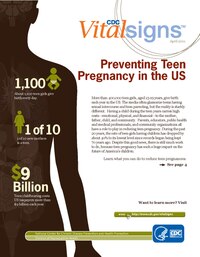
Photo from wikipedia
Compared to non-Hispanic whites, Hispanic adolescents in the U.S. report higher rates of several mental, emotional, and behavioral problems such as substance use, sexual risk behaviors, and internalizing and externalizing… Click to show full abstract
Compared to non-Hispanic whites, Hispanic adolescents in the U.S. report higher rates of several mental, emotional, and behavioral problems such as substance use, sexual risk behaviors, and internalizing and externalizing problems. There is evidence of common pathways in the development of mental, emotional, and behavioral problems with certain subgroups of Hispanic adolescents being at greater risk. In the present article, we report analysis of baseline data for 959 Hispanic adolescents who participated in one of two randomized controlled trials evaluating a family-based preventive intervention. Utilizing latent class analysis, we identified subgroups of Hispanic adolescents based on socio-ecological risk and protective factors (e.g., parent–adolescent communication, parental involvement in school). Three distinct socio-ecological risk subgroups (high, medium, and low risk) were identified and exhibited significant differences from each other across a majority of socio-ecological risk and protective factors. Adolescents in higher socio-ecological risk subgroups reported greater mental, emotional, and behavioral problems across all outcomes. Individual comparisons revealed significant differences between the low socio-ecological risk group and both the medium and high socio-ecological risk group in lifetime alcohol use, smoking, and sex, as well as internalizing and externalizing problems. Implications for intervention include focusing on specific risk subgroups and targeting shared risk and protective factors rather than specific mental, emotional, and behavioral outcomes.
Journal Title: Journal of Child and Family Studies
Year Published: 2017
Link to full text (if available)
Share on Social Media: Sign Up to like & get
recommendations!